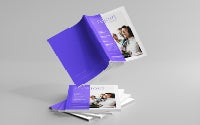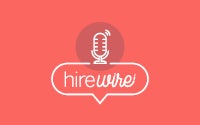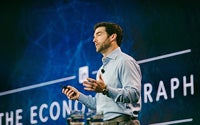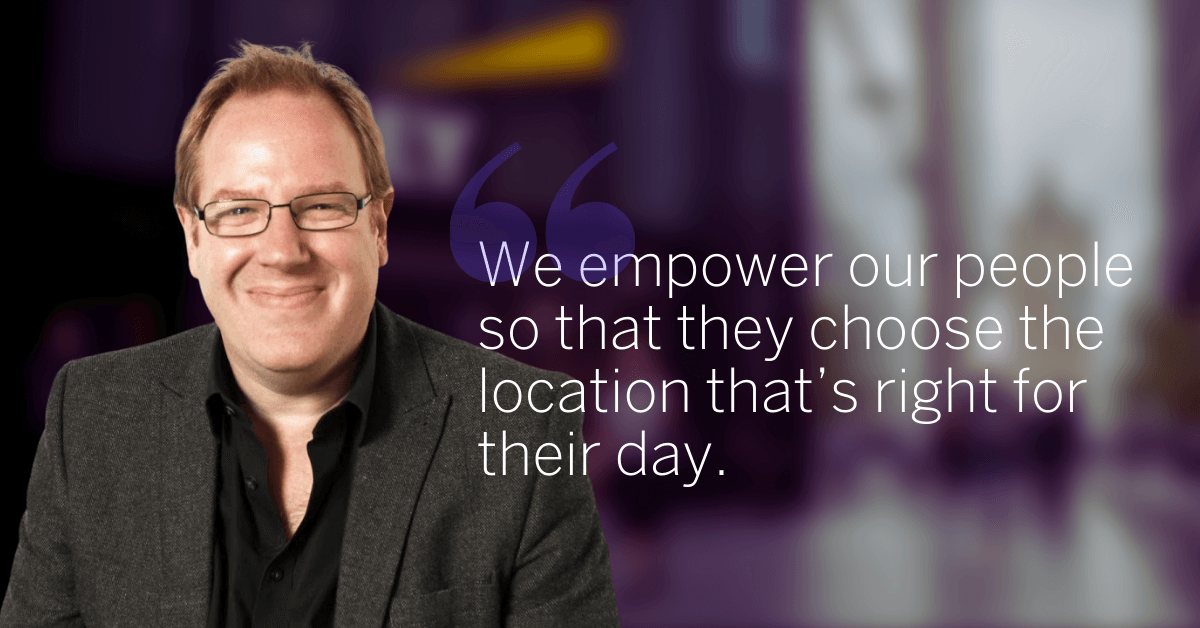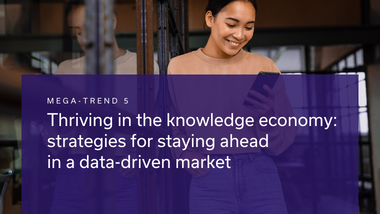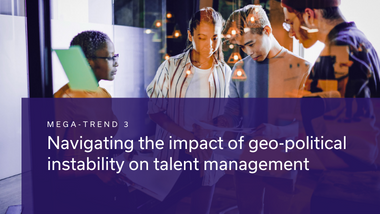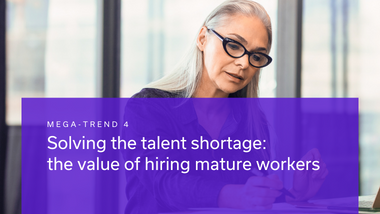The story behind EY’s successful hybrid working model
In June 2020, Matthew Jeffery joined EY as their Head of Talent Attraction and Acquisition for the UK and Ireland. Faced with a global pandemic and a new hybrid working model to fine-tune, the company’s initiatives have simultaneously supported the emotional needs of their workforce, while also maintaining the company’s business model. We asked Matthew how EY successfully embraced the working model of the future:
When did EY first implement its hybrid working model?
EY has championed flexible working for many years, long before the pandemic. All our people in the UK had the opportunity to use informal flexible work arrangements to meet their personal and professional needs. Pre-pandemic, I would often spend Mondays and Fridays working from home, while the other three days would be spent in the office.
Hybrid working is very much an evolution of this approach, enabling our people to split their time between the office, client site and their home. Offices are no longer expected to be the default location for all work, but we will continue to value the benefits of in-person working for collaboration, relationship building, training and wellbeing.
How does EY support its hybrid employees?
Our aim is to empower our people so that they choose the location that’s right for their day. EY’s approach has been designed to emphasise the importance of flexibility – both for individual and client needs – and underlines the importance of productivity rather than presenteeism.
Providing access to the right technology and software is integral to effective hybrid working, as well as being able to continue to support our employees with learning and development and their wellbeing.
For example, some people may feel the pressure to work extra hours because they’re not in the office, as the boundaries between home and work life can become more blurred. That’s not what we, as an organisation, are looking for, so the firm has put a big focus on mental health and wellbeing with lots of information available in internal communications and webinars.
Who has had influence over EY’s hybrid work policy?
We are currently in an experimentation phase, to ensure that our hybrid working model meets the needs of our business, clients and people. As such, in addition to firm-wide meetings with our leaders to discuss how we should move forward, we’ve been involving employees by gathering their feedback via questionnaires, focus groups and discussions.
EY is also running a series of pilots, including looking at how we optimise our office space to provide areas for collaboration where colleagues can meet, network and share ideas. The firm is also looking at the technology needed to support effective modern meetings, where some people may be in a meeting room and others may be working remotely.
Hybrid working is the future – we believe it will enable us to maximise the flexibility of remote working with all the benefits that come from in-person collaboration. As an organisation, we’ve got to create the right conditions to ensure it works effectively.
How has going hybrid affected EY’s talent acquisition?
Hybrid working has opened up some opportunities – helping us to attract people that may have previously felt constricted by the need to go into the office five days a week.
Technology has also enabled us to reach our audiences in new and fresh ways. While our recruitment teams would normally be on university campuses to connect with graduates in-person, we now run virtual online events which means we are more accessible. Our events aren’t just about career opportunities either – they also cover topics such as mental health and wellbeing. As a result, we’ve reached many more school leavers, graduates and apprentices online than we would have with events at a university or at our offices.
What was the biggest challenge of going hybrid?
On-the-job training and ensuring that our people still receive high-quality training and experiences has been a challenge facing many companies in a virtual environment. Graduates and school leavers are very used to being around people and learning from them directly in the workplace, either at their desk or by sitting in meetings. The challenge of hybrid working for both employers and graduates is how we continue to support people to build their careers and ensure they receive the skills, training and experiences they need.
We continued to recruit throughout the pandemic, hiring over 1,000 graduates and apprentices and moving to a virtual onboarding process overnight. Our internship programme was adapted to a virtual experience. We provided more touchpoints for students with their line managers, and armed them with resources and tools to help them work virtually. They also have support from their counselling managers, apprenticeship coaches, and peer support groups.
Getting on-the-job learning right is really important for companies like ours, where we train and develop early career talent. We’ve been working with our teams to ensure they are consciously thinking about the behaviours they need to adopt to ensure on-the-job learning still happens effectively in a hybrid working world. This can be as simple as making sure junior members of a team are updated and involved in discussions that would perhaps normally have taken place ad hoc around the water cooler, but which now need to happen on calls. Or by helping our people to build a network of internal contacts to ask for help, advice or expertise as this often feels harder to do when working remotely.
What do you consider to be your biggest success since going hybrid?
I would say being there for our people. We’ve supported our people throughout the pandemic with a whole range of initiatives. For example, EY doubled a period of special leave for those needing time out of the business in emergency situations; we rewarded our people with COVID bonuses in recognition of their hard work; and we also extended discretionary sick pay to all our people regardless of their length of service. Overall, there has been a big emphasis on health and wellbeing, which has translated into high engagement rates amongst our people.
How has going hybrid affected EY's company culture?
As people have adjusted to changes in their work routine, finding ways to connect with colleagues and teams has been crucial. For example, taking the time to ask questions, share personal experiences, and to a degree show vulnerability has had a significant impact on creating a sense of unity. Additionally, our employee networks have established regular formal and informal touch points, creating online communities which have been powerful in establishing a sense of trust in the new hybrid workplace. Like many businesses, we’ve all had to think more deeply about how we approach relationship building and inclusive behaviours during this time and it has seen new ideas and practices emerge across EY. Our challenge now is to ensure we continue to create, foster and nurture a cohesive culture when people are working in multiple places.
Download our “The Future is Hybrid: Embrace an agile workforce” whitepaper for an in-depth look at the different types of remote working models plus actionable tips for successfully implementing the right model for your organisation.



